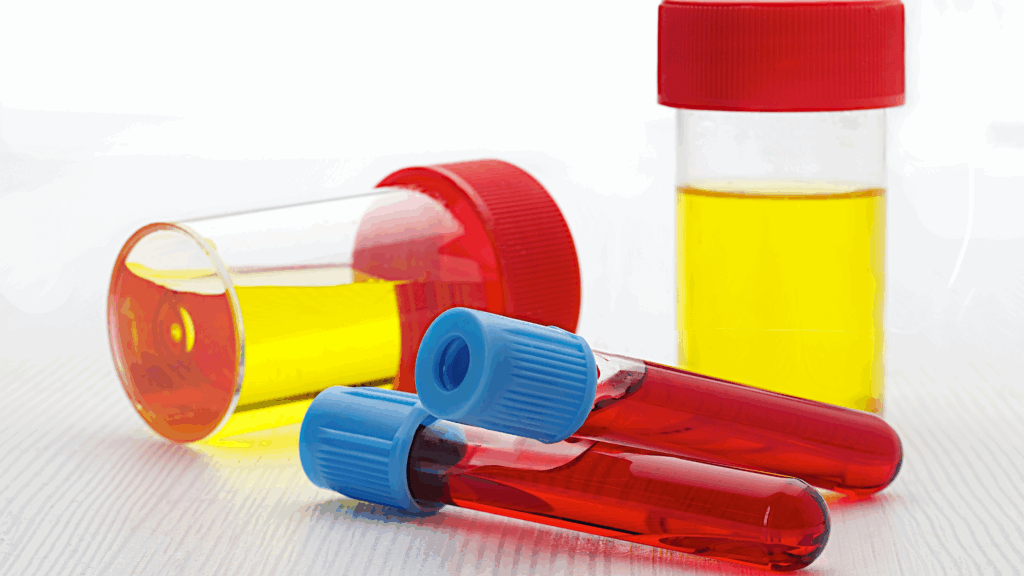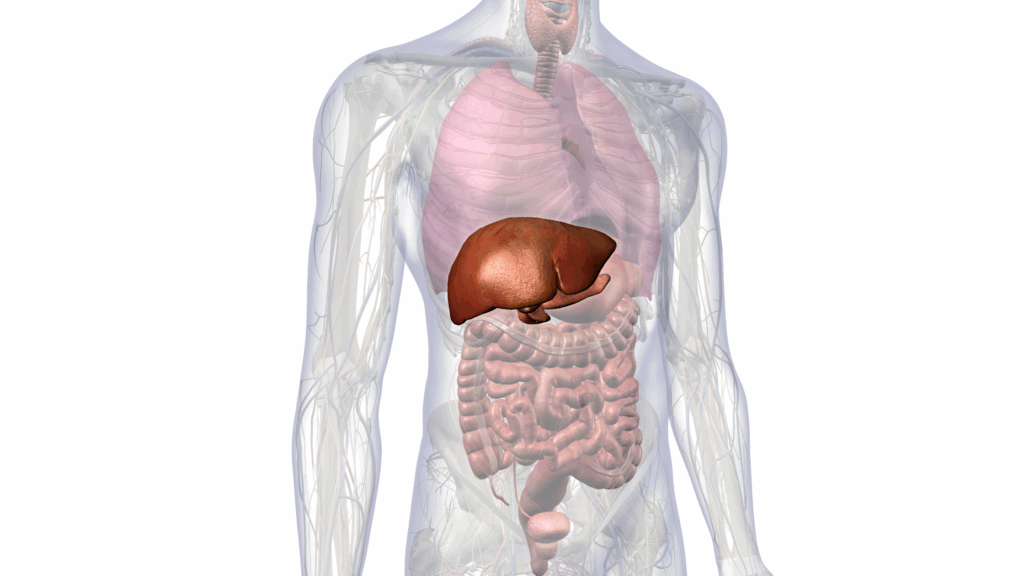When I first met Dr. Camille, I knew we were going to have a layered, eye-opening conversation. Not just because she’s a board-certified ER physician turned functional medicine practitioner—but because she’s lived through the same kind of medical gaslighting so many of our patients face. Her own body broke down while she was doing everything “right.” Her labs were normal. Her doctors dismissed her. But she knew something deeper was going on.
In Part 1 of our podcast, we talked about the hormones no one’s watching—especially testosterone in women—and why symptoms like low energy, poor focus, anxiety, and cycle changes often point to hormone imbalance long before they show up in lab results.
But in Part 2, we take that conversation to another level.
Because getting hormones into the body is just the beginning.
The real question is: what is your body doing with them once they’re there?
This blog expands on our discussion—especially around testing, metabolism, prevention, and the false security of “normal” bloodwork. If you’ve ever been told you’re fine when you feel anything but, keep reading.
Why Bloodwork Isn’t Enough
We’ve been trained to treat bloodwork like gospel. As if it’s the gold standard for assessing health. But when it comes to hormone imbalance, blood tests often fall short—especially when someone is using topical hormone therapy.
Dr. Camille explained this clearly: saliva and urine testing give us access to data blood can’t show. Saliva reflects the free, bioavailable hormones—what your cells can actually use. Urine testing (like the DUTCH test) shows us how your body is metabolizing those hormones. Are you clearing estrogen down safe pathways? Or toxic, inflammatory ones?
As a nurse practitioner, I’ve reviewed hundreds of panels where the labs looked fine, but the patient was anything but. That disconnect is exactly why we need more comprehensive tools. Because hormone imbalance doesn’t always show up in a CBC or basic metabolic panel. It lives in the margins—in how your body processes and detoxifies.

The Hidden Risk in Estrogen Metabolism
One of the most critical takeaways from our conversation was the connection between hormone imbalance and cancer risk—specifically breast cancer. And here’s where it gets personal.
Dr. Camille shared the story of her mother: a healthy, vibrant woman with a clean bill of health… who ended up in the ER with 98% blockage in all four coronary arteries. She needed an emergency quadruple bypass. Her labs, including her cholesterol, were “perfect.” But inflammatory markers had been flagged—and ignored—for years.
This was the moment Dr. Camille doubled down on prevention, not just for her patients, but for herself. She started running more advanced labs, looking into her genetics, and focusing on how her body was handling estrogen.
Hormone imbalance isn’t just about feeling tired or gaining weight. It can quietly raise your risk for chronic disease. When estrogen isn’t metabolized properly, it can create harmful byproducts that damage DNA and increase the likelihood of cancer. That’s something no one talks about during your annual exam.
The Role of the Gut and Liver
Another overlooked contributor to hormone imbalance? Gut health.
In our conversation, Dr. Camille walked through the impact of beta-glucuronidase—an enzyme produced in the gut that can actually recirculate estrogen your body was trying to eliminate. This keeps estrogen levels elevated and disrupts the balance even further.
If the gut is inflamed, overburdened with toxins, or harboring pathogenic bacteria, it creates a feedback loop that worsens hormone imbalance. The liver plays a major role too. If it’s sluggish or overworked, hormone clearance slows down and metabolites build up in the system.
This is why advanced stool testing and liver panels matter. It’s also why protocols that support detox—like castor oil packs, sauna, rebounding, and herbal antimicrobials—can make such a big difference.
As a nurse practitioner, I always remind patients that the gut isn’t just about digestion. It’s about estrogen, immunity, mood, inflammation—and whether your body is getting the signal to repair or stay in survival mode.

Thermography and the Problem with “Early Detection”
One of the most compelling parts of this episode was our discussion on breast imaging.
We’ve all been taught to get annual mammograms. But mammograms use radiation—and, as Dr. Camille pointed out, they only detect disease once it’s already formed. They’re not designed to catch patterns or inflammation that lead to disease.
Thermography is different. It’s a non-radiation imaging tool that looks for heat, inflammation, and vascular activity—signs that something is brewing before a tumor develops. When Dr. Camille had hers done, she was shocked. Despite her clean lifestyle, she scored high. It was a wake-up call.
Her mammogram came back normal. But the thermography revealed something her other tests didn’t: her body was inflamed, her breast tissue was struggling, and changes needed to be made.
That’s the difference between managing disease and preventing it.
Hormone imbalance doesn’t always lead to cancer. But if we don’t look at how estrogen is metabolized—if we don’t track the early signs—we miss the opportunity to intervene.
Why Waiting Is a Risk
One of the biggest frustrations both Dr. Camille and I share is this idea that we wait for things to break before we act. That we need a diagnosis before we get support. That we have to be “sick enough” to deserve attention.
But that’s backwards.
By the time hormone imbalance becomes a diagnosable condition—whether it’s endometriosis, breast cancer, fibroids, or autoimmune disease—it’s already been at play for years. Prevention is only possible when we look before the breakdown. When we trust that symptoms are signals—not inconveniences to suppress.
And patients feel this too. So many of the women I work with—and so many that Dr. Camille sees—have done everything they were told to do. They’ve followed the protocols. They’ve seen the specialists. But no one connected the dots.
That’s why this conversation matters.
As a nurse practitioner, I’ve seen the difference it makes when we shift the lens. When we stop asking “what’s the diagnosis?” and start asking “what’s driving this?”

Choose a Lane
Toward the end of our conversation, Dr. Camille said something I haven’t stopped thinking about:
“You can’t say you don’t want meds—and then not change anything. You have to choose a lane.”
It’s true. Healing requires commitment. Whether you’re going the conventional route or functional medicine, you need to pick a path and follow it with intention. Waffling between the two, doing nothing, hoping symptoms will go away—it rarely works.
Hormone imbalance can be addressed. But it takes clarity, the right tools, and a willingness to go upstream.
The Bottom Line
If you’ve been told your labs are normal but you still feel off, you’re not alone.
If you’ve been given birth control for every hormonal symptom under the sun, there’s more to the story.
If you’ve been living with unexplained fatigue, brain fog, weight gain, or cycle changes—it might be hormone imbalance, even if no one’s ever said those words to you.
As a nurse practitioner, I believe you deserve more than symptom management. You deserve a framework that honors what your body’s been trying to tell you all along.
